Casamance: what you can’t miss
Author : Ahmed Kraoua
Reading time : 5 minutes
Casamance, a hidden gem in southern Senegal, is a land of hospitality and diversity. Bordered by the river that shares its name, it invites travelers to explore a region rich in both nature and culture. Here are three key aspects to discover the full beauty of Casamance.
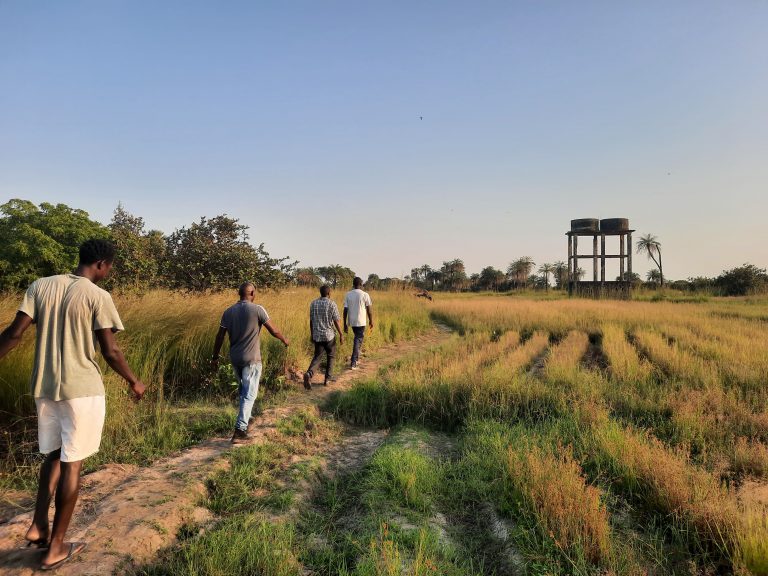
Hopping on a pirogue through the mangroves is undoubtedly one of the best ways to connect with the authentic spirit of Casamance. As you glide across the water between the mangrove roots, you’ll spot migratory birds, discover traditional fishing techniques, and feel the peaceful rhythm of local life.
On Bird Island, accessible from the village of Elinkine, nature reveals itself in all its splendor. Between July and December, rare species like flamingos, pelicans, and egrets find refuge here. It’s a magical place, perfect for biodiversity lovers.
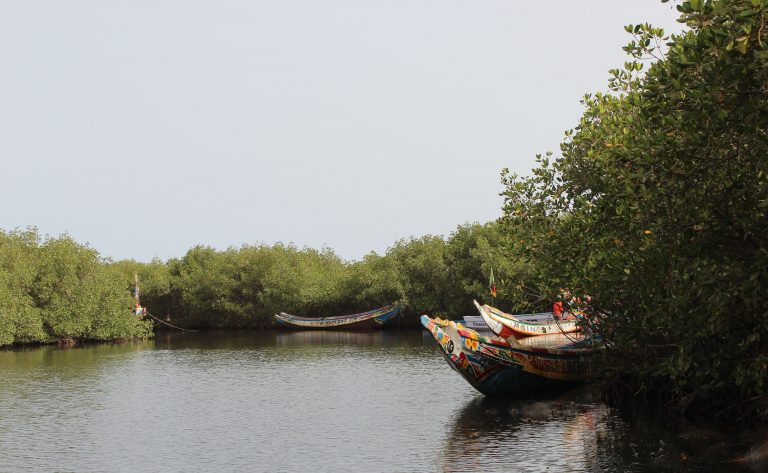
Further along, the multi-storey clay houses of Mlomp catch the eye. Built with banco, a mix of earth and straw, they are architectural gems that offer a naturally cool refuge. As you walk through the villages, you’ll also have the chance to engage with locals, learning about their daily lives and deep connection to the land — especially through rice cultivation.
Carabane Island, a remnant of the colonial era, offers a journey through time — both historical and poetic — with its old buildings, peaceful beaches, and timeless atmosphere. To extend the sensory experience, the local cuisine will captivate you with its richness: thiéboudiène, yassa, grilled mangrove oysters… every meal is an immersion.
In Oussouye, the king embodies a respected and mystical authority. A true social mediator, he upholds ancient rites and ensures the harmony of the kingdom. Finally, Pointe Saint-Georges offers an unforgettable encounter with nature, where the river meets the ocean. With a bit of luck, you might spot manatees or dolphins there.
Swimming is also part of the experience. Head to Cap Skirring, with its fine sand, coconut palms, and turquoise waters, or take a detour to Kafountine, where a wild and pristine beach invites long walks and spectacular sunsets.
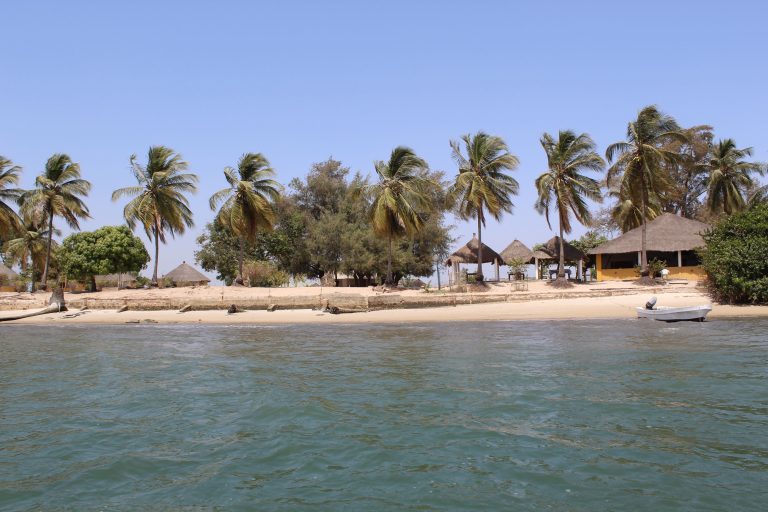
Throughout the year, Casamance celebrates its cultural identity through numerous festivals. In February, the Kafountine carnival is a highlight of the season: featuring Senegalese wrestling, traditional dances, and vibrant performances, the village’s energy is truly contagious.
In December, the Casamance Islands Festival highlights island cultures through events that bring together residents of Carabane, Diogué, Niomoune, and other islands in Lower Casamance. Music, dance, and local traditions are celebrated in a warm and festive atmosphere.
September is marked by the King of Oussouye’s festival, the “Humeubeul.” This event, both religious, traditional, and cultural, is one of the most impressive in the region. It’s a time of deep community fervor where visitors are welcomed like family.
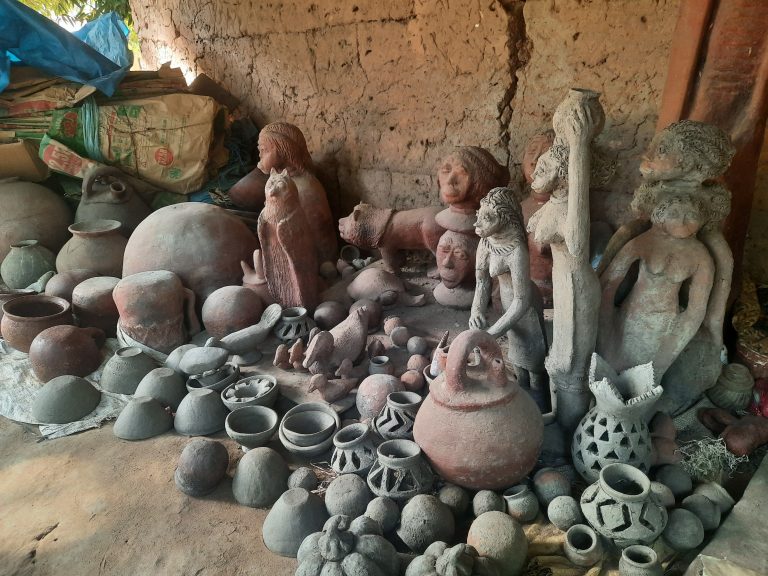
To fully experience the spirit of Casamance, nothing beats staying in a village camp. These responsible accommodations not only offer comfortable lodging but also allow you to directly contribute to local development.
In line with the principles of responsible tourism, the Coubalan tourist site offers a cozy stop in the heart of nature. Nestled between the Kalounayes forest and the Casamance River, it stands on the edge of the welcoming village of Coubalan, surrounded by rice fields, palm groves, and mangroves. Well-equipped round huts, a restaurant shaped like a traditional impluvium hut, and a lounge area provide authentic comfort.
The camp located in Kafountine is also a great option, situated right on the ocean’s edge. Named Sitokoto, which means “beside the baobab” in Diola, it is surrounded by numerous orange groves and small shops. Additionally, you can take a pirogue from Kafountine to visit Saloulou Island.
More recent, the Saloulou camp, nestled on a peaceful island in the Karone area, was created to combat rural exodus. Here, visitors are warmly welcomed, and local activities offer a lively glimpse into traditions still deeply rooted in daily life.
Finally, in Enampore, the village camp blends seamlessly into the tropical forest. Established in 1975, this rustic site is driven by a strong community spirit. Visitors can stay immersed in daily life, share moments with local families, participate in reforestation efforts, or join cultural activities led by women and youth.
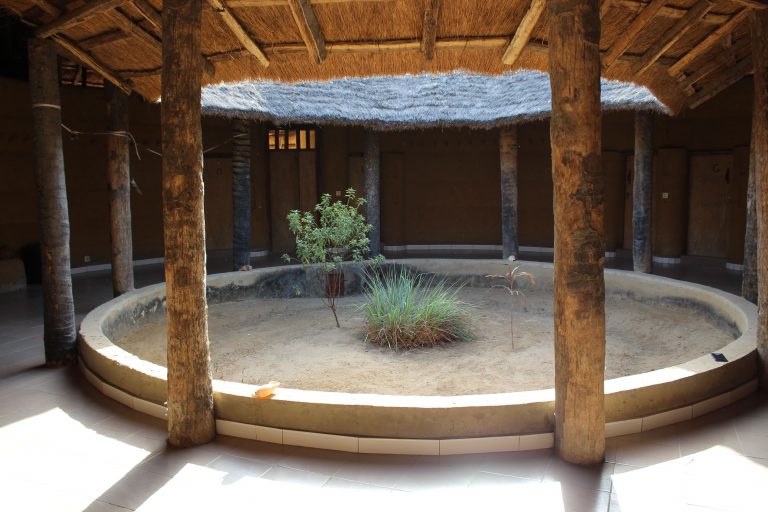
Subscribe to the travel newsletter from our collaborative booking platform Vaolo to find out what’s new, follow our explorers and receive tips for more conscious travel.
The use of the masculine gender has been adopted for ease of reading and has no discriminatory intent.
© 2025 All rights reserved. Village Monde.
By continuing to use the site, you agree to our privacy and cookie policy
I accept